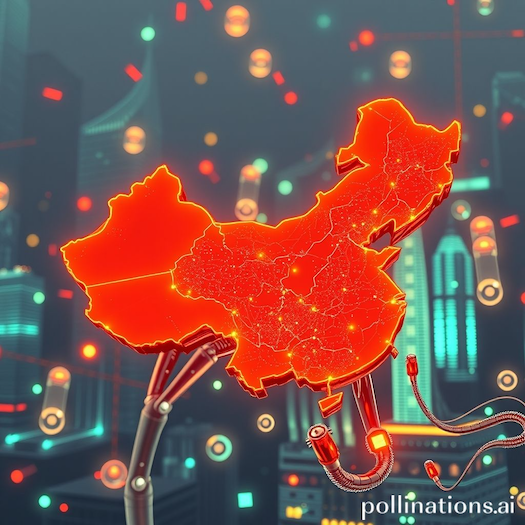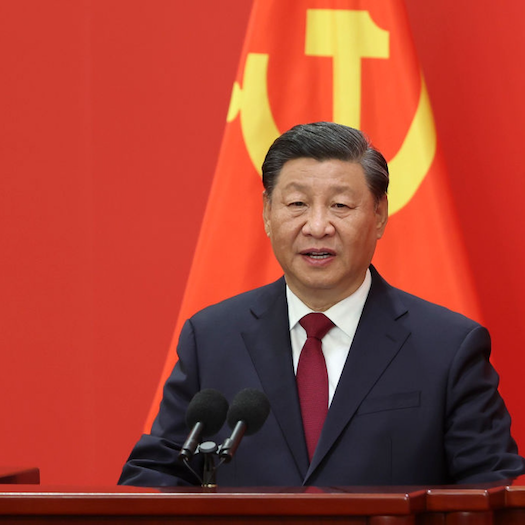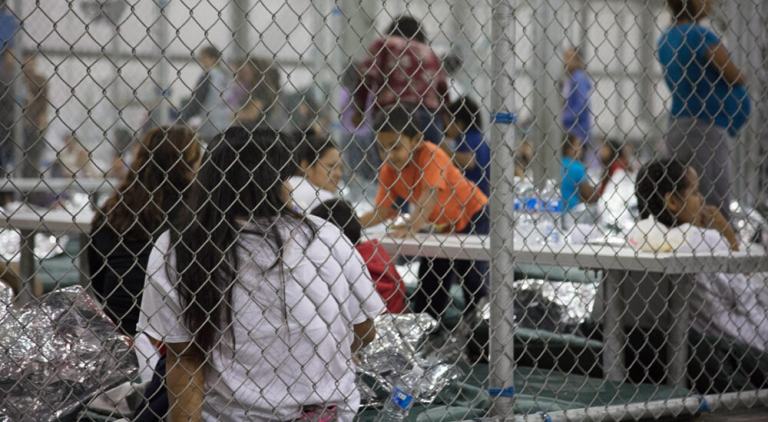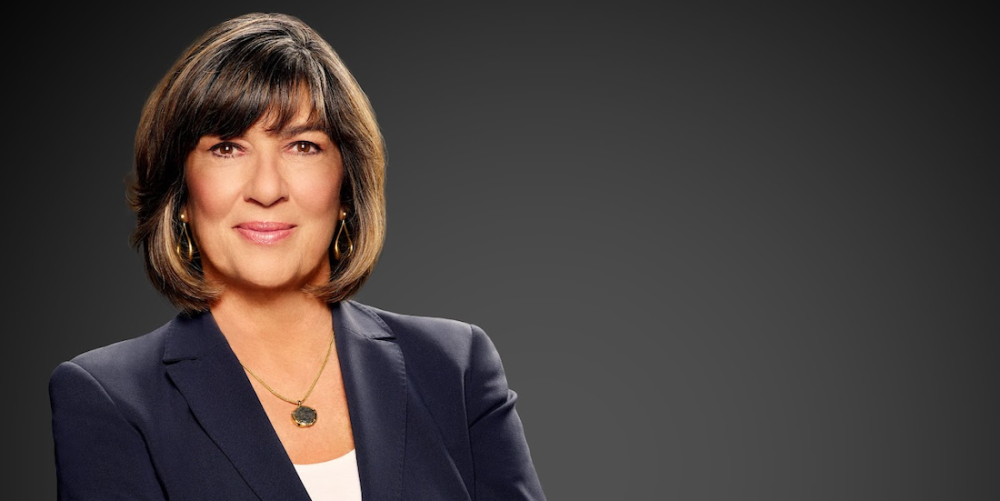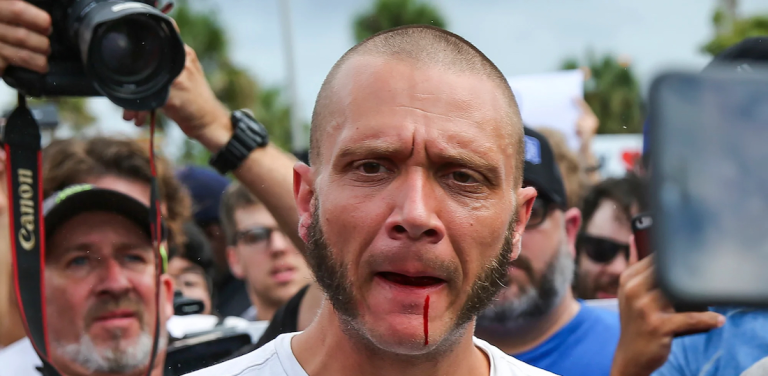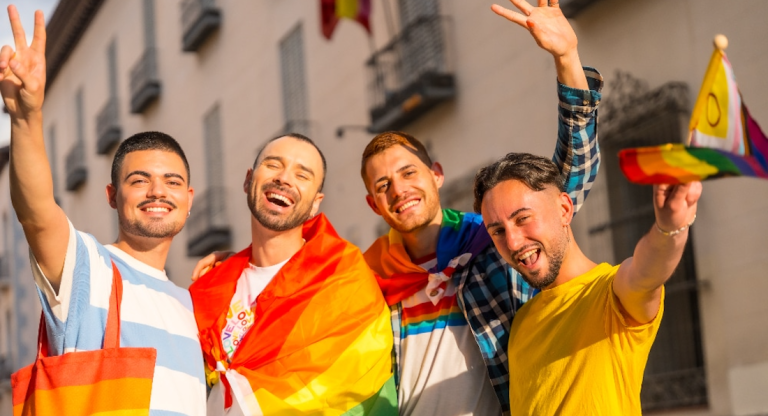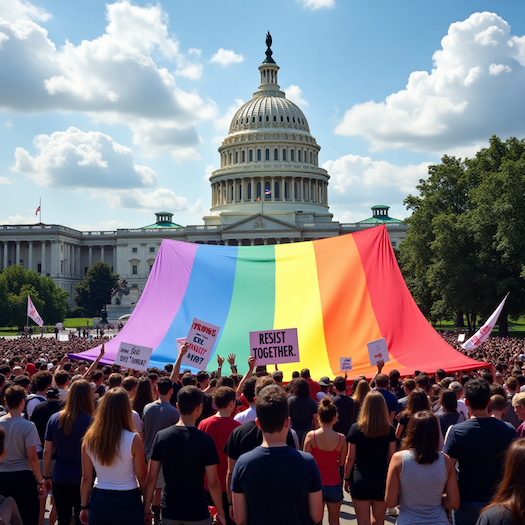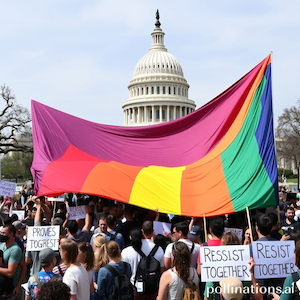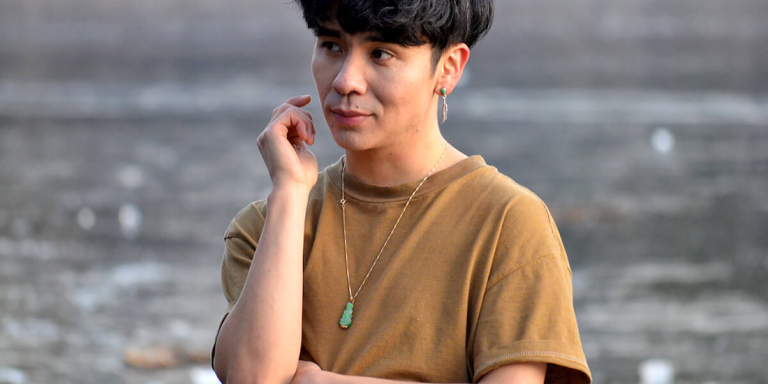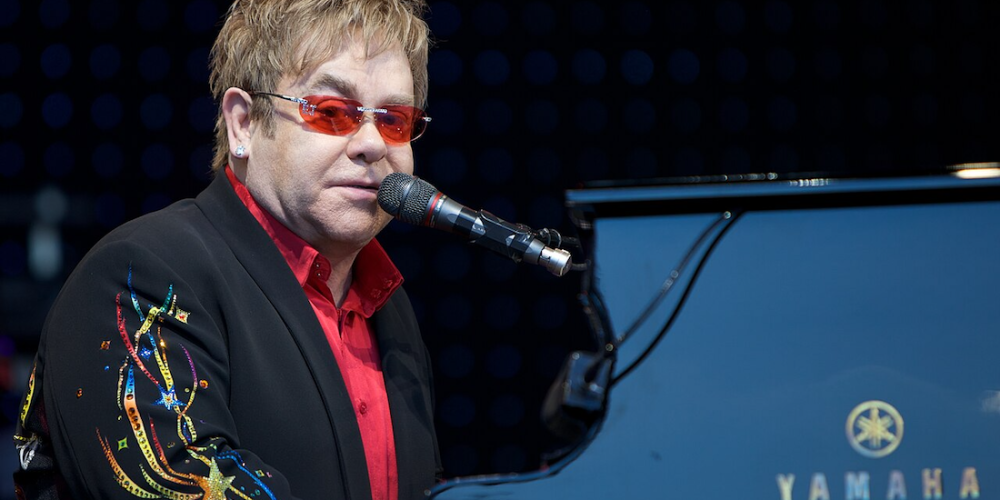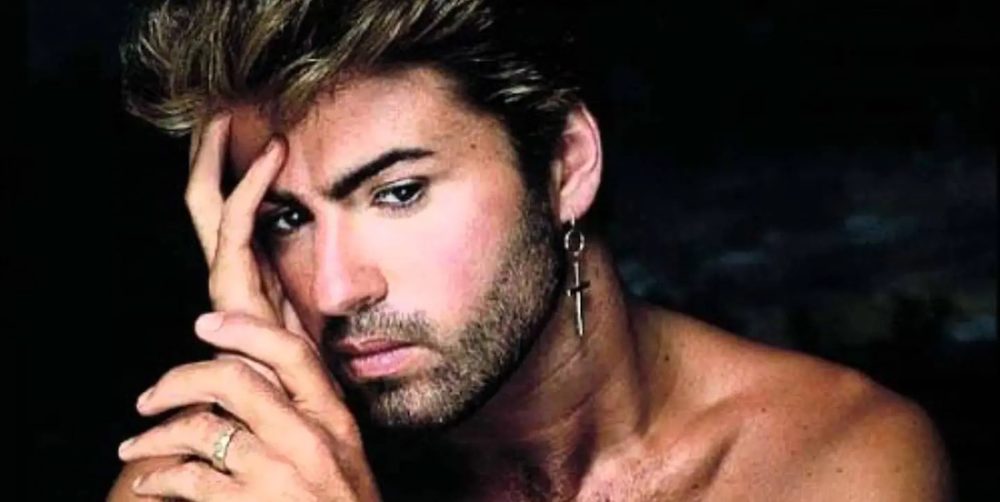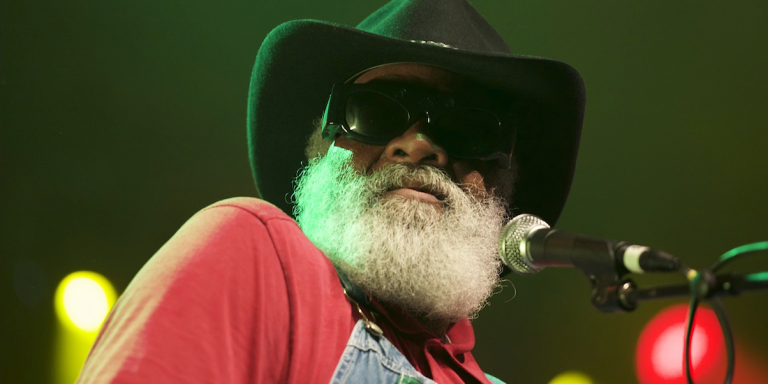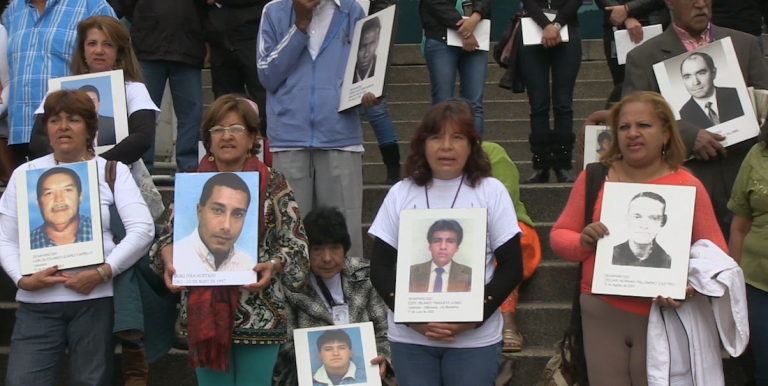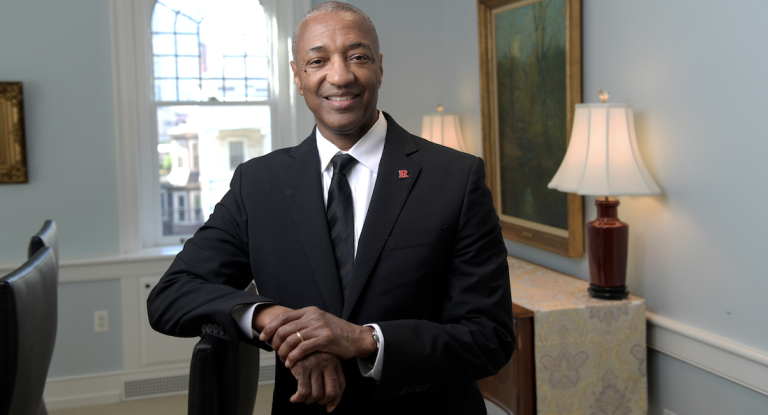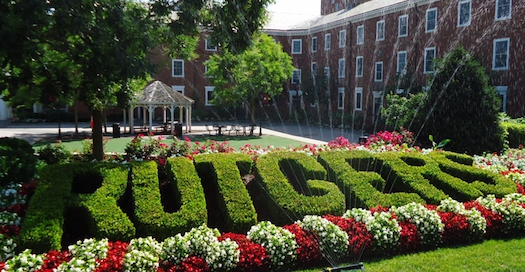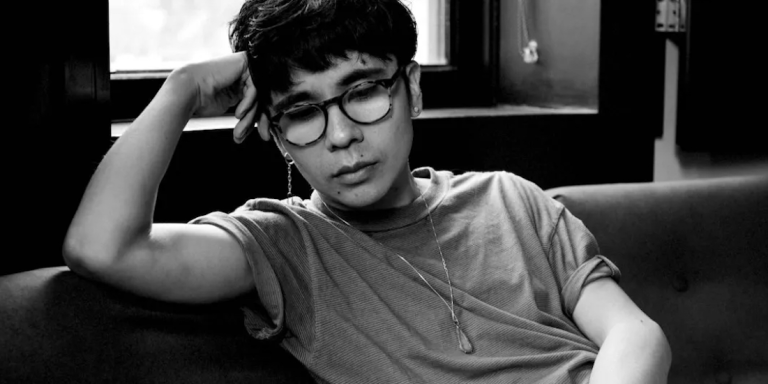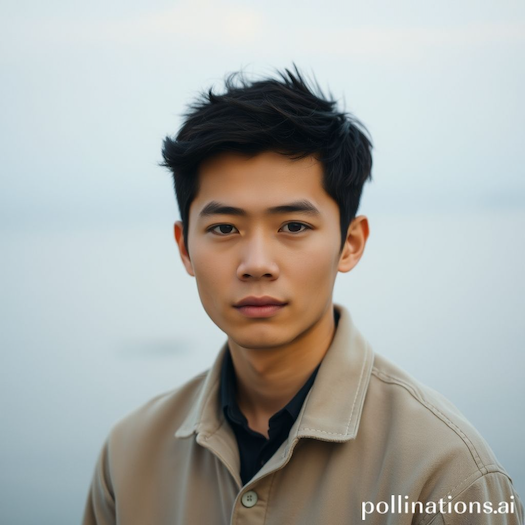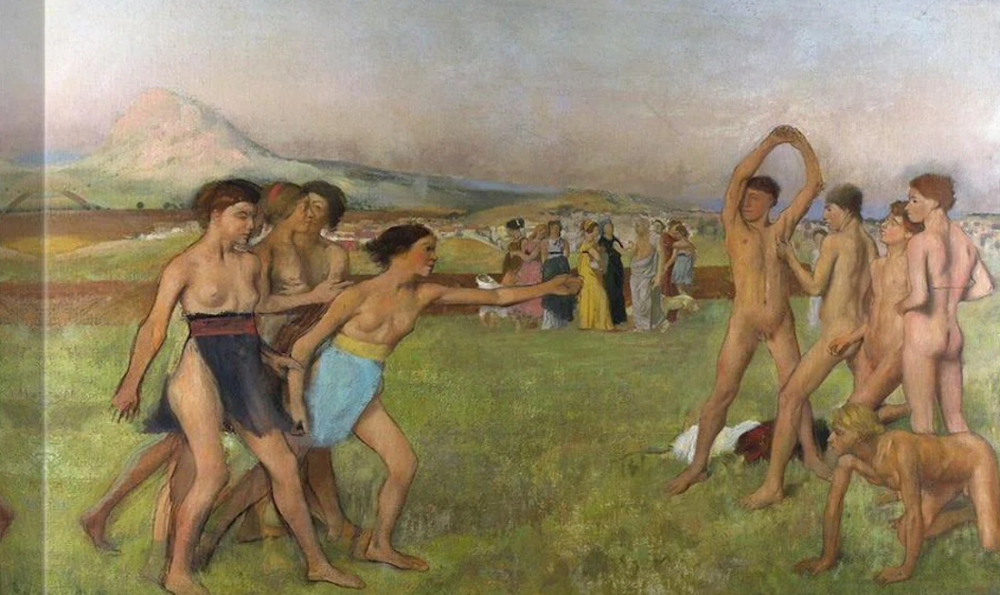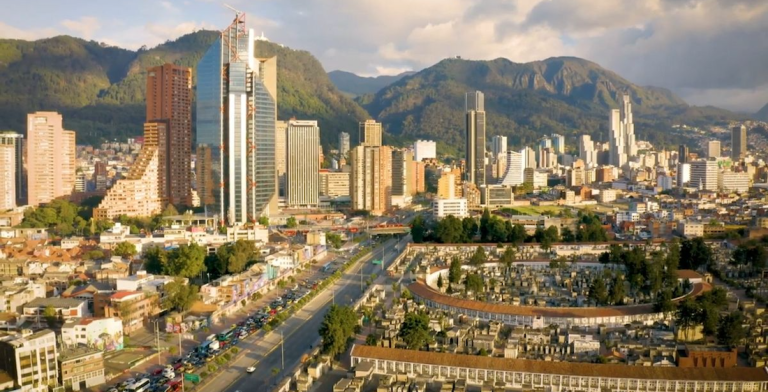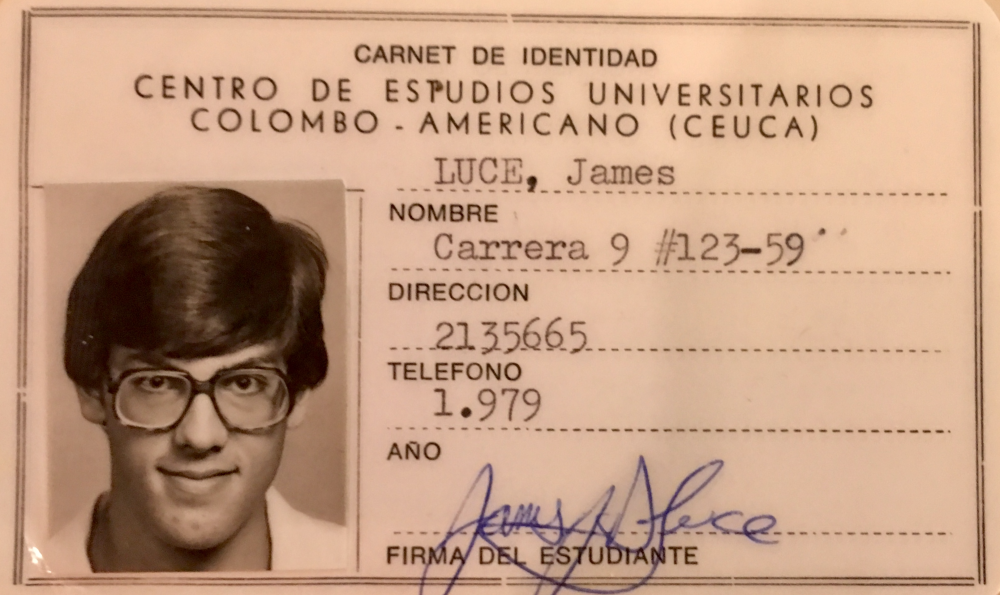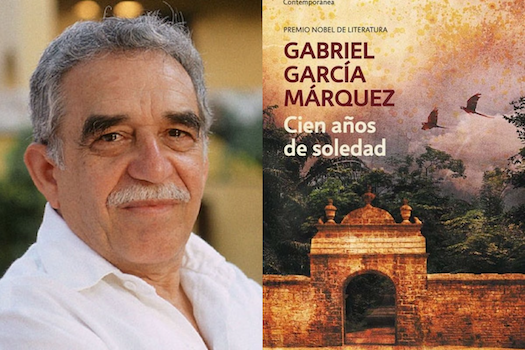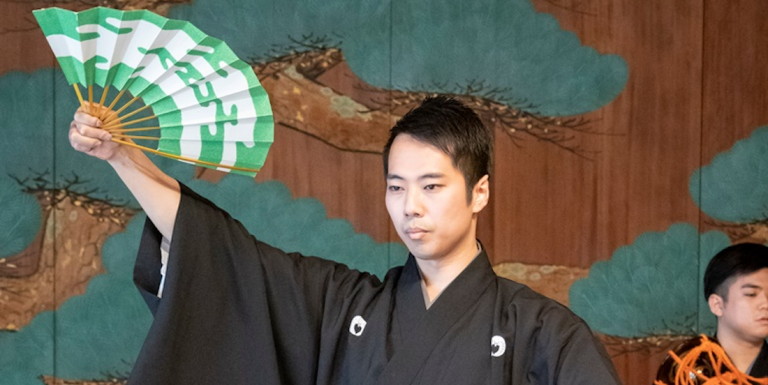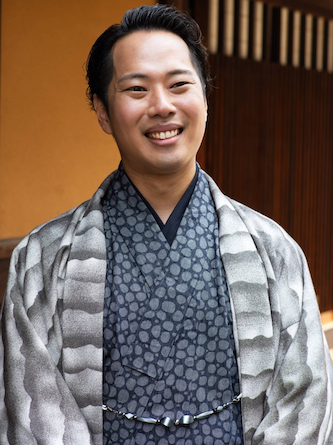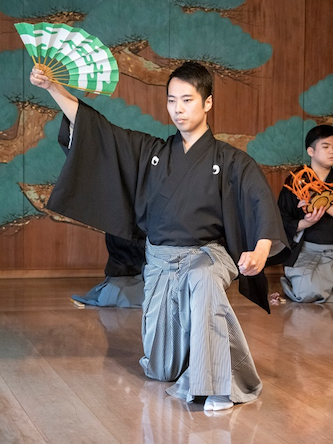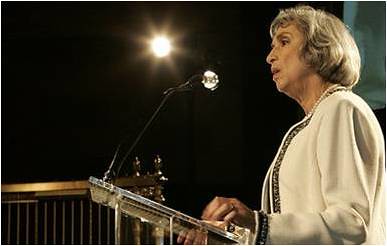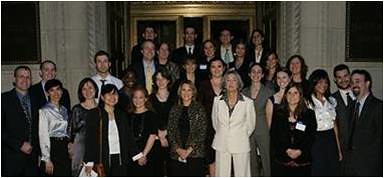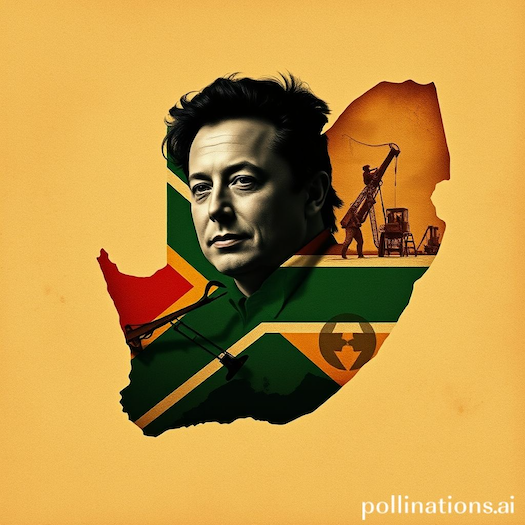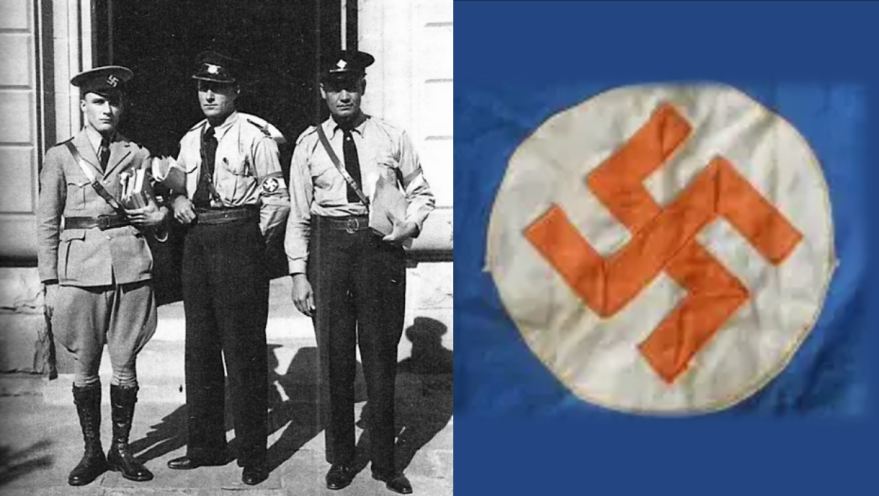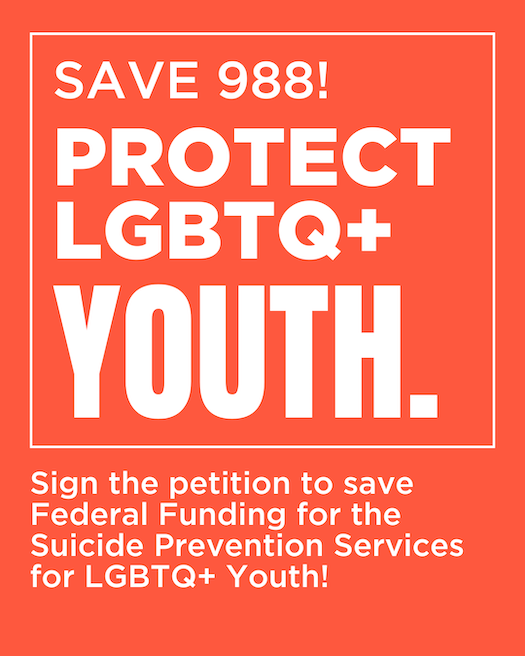Chinese tech giant debuts knowledge-enhanced LLM Built on full tech stack, leveraging in-house chips, frameworks, and models for industrial AI scaling.
COMPLICATED READ (TECHNOLOGY)
New York, N.Y. — Baidu has introduced ERNIE Bot, a generative AI system designed to deliver human-like responses across literary, mathematical, and multimodal tasks. The announcement, made at the company’s Beijing headquarters, underscores Baidu’s ambition to lead in the global AI race through its vertically integrated full AI stack — spanning chips, frameworks, models, and applications.
ERNIE Bot: A Leap in Knowledge-Enhanced AI
ERNIE Bot represents the latest iteration of Baidu’s large language model (LLM) technology, building on earlier innovations like the Wenxin Yige text-to-image platform. ERNIE Bot represents the latest iteration of Baidu’s large language model (LLM) technology, building on earlier innovations like the Wenxin Yige text-to-image platform.

Unlike conventional LLMs, ERNIE Bot integrates knowledge enhancement through two approaches: internalizing semantic data into model parameters and externally leveraging heterogeneous knowledge sources for reasoning.
According to Haifeng Wang, Baidu’s CTO, this dual strategy enables “accurate, logical, and fluent responses approaching human levels” in scenarios ranging from business writing to cross-modal generation.
The model also benefits from search enhancement, using Baidu’s proprietary semantic search architecture to pull real-time references, and dialogue enhancement, which employs memory mechanisms and contextual planning for coherent conversations.
PaddlePaddle: The Engine Behind ERNIE Bot’s Scalability
At the core of ERNIE Bot’s development is PaddlePaddle, Baidu’s open-source deep learning platform. Wang emphasized that PaddlePaddle’s dynamic-static unified development paradigm and adaptive distributed architecture enable efficient training and deployment of massive models. The platform now supports 5.35 million developers and 200,000 enterprises, with 670,000 models created to date.
Key technical innovations include computation fusion, model compression, and software-hardware co-design for inference optimization. This infrastructure allows ERNIE Bot to iteratively improve through user feedback loops and reinforcement learning, ensuring adaptability across industries.

Full AI Stack: From Chips to Applications
Baidu’s decade-long investment in AI has yielded a self-contained tech stack: Kunlun AI chips at the hardware layer, PaddlePaddle at the framework layer, ERNIE models at the algorithmic layer, and applications like autonomous driving and cloud services.
This vertical integration enables end-to-end optimizations, reducing dependency on external technologies amid U.S.-China trade tensions.
The ERNIE big model family now spans natural language processing (NLP), computer vision (CV), and cross-modal tasks, with industry-specific adaptations for healthcare, manufacturing, and biology.
Wang noted that this “three-level system” — foundational models, task-specific models, and industry tools — positions Baidu to accelerate AI’s industrial adoption.
Implications for Global AI Competition

ERNIE Bot’s release comes amid intensifying rivalry between U.S. and Chinese AI developers.
While Western models like GPT-4 dominate headlines, Baidu’s focus on knowledge integration and industrial scalability highlights diverging priorities.
By anchoring its ecosystem to homegrown chips and frameworks, Baidu aims to mitigate supply-chain risks while advancing smart manufacturing and enterprise digitization in China.
Analysts suggest ERNIE Bot’s success will hinge on its ability to monetize through Baidu’s existing cloud and search ecosystems. Early adopters include media platforms, customer service providers, and R&D teams leveraging its multimodal capabilities.
Baidu Unveils ERNIE Bot, AI Model with multimodal capabilities (May 21, 2025)
Summary for Audio (75 words):
Baidu launched ERNIE Bot, a knowledge-enhanced AI model, on March 16, 2023. Built on its full-stack technology — including PaddlePaddle and Kunlun chips — the LLM excels in dialogue, content creation, and multimodal tasks. CTO Haifeng Wang highlighted innovations in search, dialogue, and knowledge integration, positioning ERNIE Bot for industrial scaling. The release underscores China’s push for AI self-reliance amid global competition.
#ArtificialIntelligence #TechInnovation #ERNIEBot #AIDevelopment
#Baidu #MachineLearning #DeepLearning #ChinaTech
TAGS: Generative AI, Large Language Models, PaddlePaddle,
Haifeng Wang, Kunlun Chips, Industrial AI, Multimodal AI

SOCIAL MEDIA
X (Twitter):
Baidu Unveils ERNIE Bot, AI Model Built on Full Tech Stack. Combines knowledge enhancement with multimodal outputs. #AI #ChinaTech
bit.ly/erniebot2023
Bluesky:
Baidu’s ERNIE Bot debuts as a knowledge-enhanced AI model, leveraging in-house chips and frameworks. Could this reshape industrial AI? #TechNews #MachineLearning
bit.ly/erniebot2023
LinkedIn:
Baidu Unveils ERNIE Bot, AI Model Built on Full Tech Stack
Baidu’s latest LLM integrates PaddlePaddle and Kunlun chips, targeting enterprise scalability. With capabilities in dialogue, reasoning, and multimodal generation, ERNIE Bot highlights China’s push for AI self-reliance. How might this impact global tech ecosystems? #ArtificialIntelligence #IndustrialAI #Innovation
https://stewardshipreport.org/baidu-ernie-bot-2023
Truth Social:
Baidu introduces ERNIE Bot, an advanced AI model with multimodal capabilities. Developed using in-house tech stack. #TechUpdate
https://stewardshipreport.org/baidu-ernie-bot-2023
Mastodon:
Baidu’s ERNIE Bot combines knowledge enhancement with Baidu’s full AI stack, from chips to applications. Could this model drive China’s industrial AI adoption? Join the discussion. #OpenAI #ChinaTech
https://stewardshipreport.org/baidu-ernie-bot-2023
Instagram:
Baidu just unveiled ERNIE Bot — a next-gen AI model for content creation, math, and more. Swipe up to learn how it works. 🔍
#AI #TechInnovation #Baidu #MachineLearning #FutureTech
Link in bio ➡️
Facebook:
Baidu has launched ERNIE Bot, a knowledge-enhanced AI model built on its full tech stack. From chips to applications, discover how this LLM aims to transform industries. #ArtificialIntelligence #ChinaTech
https://stewardshipreport.org/baidu-ernie-bot-2023
Reddit:
Baidu’s ERNIE Bot: A Threat to Western AI Dominance?
With its focus on industrial scalability and a self-reliant tech stack, could Baidu’s new model challenge U.S. AI leaders? Share your insights. #TechDebate
https://stewardshipreport.org/baidu-ernie-bot-2023


